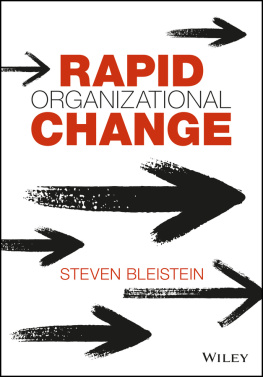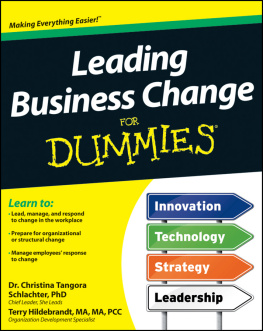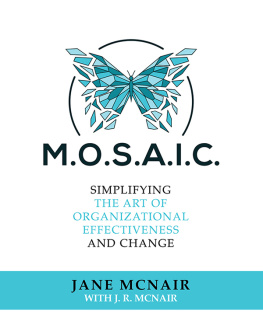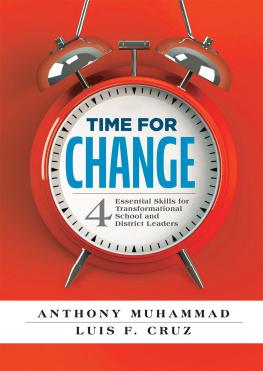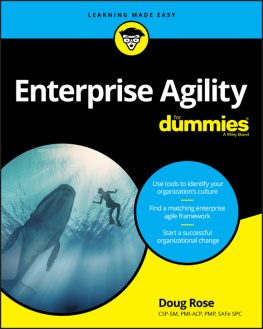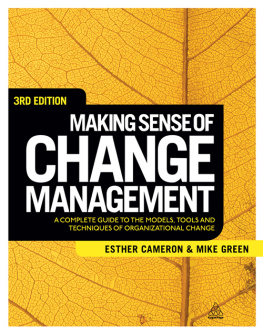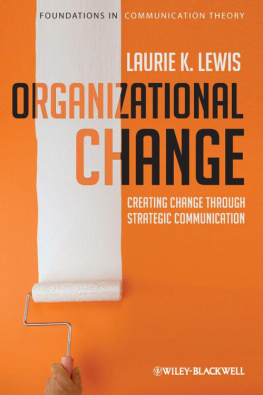
Table of Contents
List of Tables
- Chapter 3
- Chapter 7
List of Illustrations
- Chapter 1
- Chapter 2
- Chapter 6
- Chapter 7
Guide
Pages
This edition first published 2017
2017 John Wiley & Sons, Ltd
Registered office
John Wiley & Sons Ltd, The Atrium, Southern Gate, Chichester, West Sussex, PO19 8SQ, United Kingdom
For details of our global editorial offices, for customer services and for information about how to apply for permission to reuse the copyright material in this book please see our website at www.wiley.com.
All rights reserved. No part of this publication may be reproduced, stored in a retrieval system, or transmitted, in any form or by any means, electronic, mechanical, photocopying, recording or otherwise, except as permitted by the UK Copyright, Designs and Patents Act 1988, without the prior permission of the publisher.
Wiley publishes in a variety of print and electronic formats and by printondemand. Some material included with standard print versions of this book may not be included in ebooks or in printondemand. If this book refers to media such as a CD or DVD that is not included in the version you purchased, you may download this material at http://booksupport.wiley.com. For more information about Wiley products, visit www.wiley.com.
Designations used by companies to distinguish their products are often claimed as trademarks. All brand names and product names used in this book are trade names, service marks, trademarks or registered trademarks of their respective owners. The publisher is not associated with any product or vendor mentioned in this book.
Limit of Liability/Disclaimer of Warranty: While the publisher and author have used their best efforts in preparing this book, they make no representations or warranties with respect to the accuracy or completeness of the contents of this book and specifically disclaim any implied warranties of merchantability or fitness for a particular purpose. It is sold on the understanding that the publisher is not engaged in rendering professional services and neither the publisher nor the author shall be liable for damages arising herefrom. If professional advice or other expert assistance is required, the services of a competent professional should be sought.
Library of Congress CataloginginPublication Data is Available:
ISBN 9781119219033 (hardback) ISBN 9781119219040 (ePub)
ISBN 9781119219057 (ePDF)
Cover Design: WileyCover Image: ulimi/Getty Images, Inc.
Preface
Since I was a teenager growing up in Denver, Colorado in the United States, I have had a love for foreign language and a fascination with other countries and people throughout the world. That fascination has taken me around the world, starting with France, where I did a yearlong study abroad at a high school in Lyon during my junior year.
In all the places I have lived, studied, worked, and done business, I have noticed that people are far more similar than dissimilar, particularly at a deeper level beyond the superficial behaviors that one can observe and call culture.
Culture in my view is nothing more than an alternative manifestation of the values we all share as human beings. Cultural difference need not matter if you can address the values rather than their manifestations. Much of my business is helping leaders do just that, whether in Japan or France, or elsewhere, regardless of the nationalities of the people whom the leader leads.
The goal of this book is to share some of that wisdom with you, so you can achieve the same success that I have enabled others to achieve. In my experience, there is nothing stopping you or anyone else.
Steven Bleistein
Tokyo, Japan
Acknowledgments
I would like to thank my many clients who have been an extraordinary source of inspiration and learning for me, and Dr Alan Weiss, my personal mentor, for all his help and advice in making this book a reality.
I dedicate this book to Professor Norman Bleistein, my father and world famous geophysicist, who always saw what is possible and not just what is; to my mother Sandra Bleistein, who always inspired the best in everyone; and to my son Alexandre, my mother's namesake, who takes after her in ways he cannot know. Finally, I would like to thank my wife, the love of my life, who makes all my success possible.
About the Author
Dr Steven Jeffrey Bleistein is the founder and CEO of Relansa Inc., and is one of those rare international experts who bridges Western and Japanese business thinking. Fluent in Japanese and French, Steve has attracted clients from businesses such as Adidas Japan, Lenovo Japan, Reckitt Benckiser, Nikko Chemicals, NTT Data Group, and Mitsubishi Bank. Working with leaders and their teams, Steve helps both Japanese and international companies create their own new realities. Prior to Relansa, Steve represented the Balanced Scorecard Institute in Japan. Steve serves as Vice Chair of the Independent Business Committee of the American Chamber of Commerce in Japan, where he takes an active role in supporting entrepreneurial and leadership capabilities inside Japanese companies. He runs the popular Conversation With luncheon series, where he leads an onstage conversation with a local business leader guest. In addition, Steve serves on the board of Tsukuba International School, supporting the school's leadership on the path toward full International Baccalaureate certification. Prior to returning to Japan in 2009, Steve drove innovation on a multimillion dollar project at Australia's premier government IT innovation thinktank NICTA, forging collaborative relationships with Japanese IT giants. In addition, Steve assisted Japan's Cabinet Office on issues related to egovernment strategy, and organized joint meetings between the Japanese Government and Australian Commonwealth officials.
CHAPTER 1
The Refraction Layer
Many CEOs of companies complain of resistance to change in their organizations. The problem of resistance to change appears to be particularly acute in Japan. In fact, many CEOs of companies in Japan lament that the Japanese are the most resistant to organizational change of any people in the world. I often hear this even from business leaders who are Japanese themselves!
Most CEOs have been able to build a leadership team around them whose members are changeoriented and likeminded in thinking. Sometimes that team extends to one or two layers of management below. Yet, it is frequently the rest of the organization that is viewed as remaining stubbornly recalcitrant. But is it really?
What is Refraction Anyway?
My father is one of the world's foremost experts on wave phenomena. A brilliant mathematician who found his calling in the field of geophysics, he developed methods for imaging the interior of the Earth using sound waves propagated from the surface. I remember seeing printouts on the walls of my father's study, showing the different geological layers deep in the interior of the Earthwhere there is hard rock, soft rock, water, and even oil! Other printouts showed how the different layers bend, reflect, and dampen the sound waves.
It is the difference in substance from one layer to the next that alters the waves when they pass from a layer of one substance to another. A wave may be bent, and change direction. Or it may be partially deflected back up to the surface, with a weakened wave continuing downward. Some waves dissipate entirely. So the waves that reach deeper into the Earth are really distortions of the ones that came from the surface, perhaps weakened, if they reach the deeper layers at all. In the physical world, the bending of waves is called
Next page
